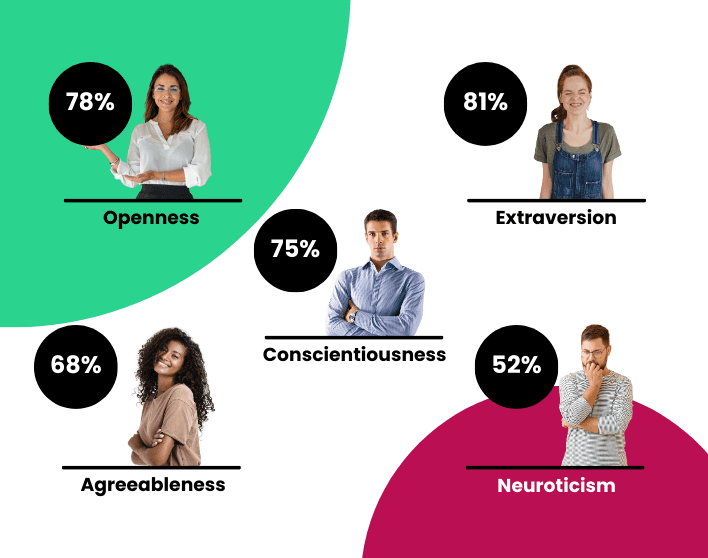The Bryq Team
HR Experts
The main issue with unconscious bias is that we don’t even know when we have one. That makes it incredibly difficult to remove unconscious bias in recruitment. As a hiring manager, you may think that you are hiring fairly. But are you? Find out how to overcome unconscious bias and get a more inclusive workforce.
What Is Unconscious Bias?
We’ve all heard of the part of your brain called the subconscious. This is part of the brain that you’re not aware of, but it can still influence your actions and behaviors. Unconscious bias, also called implicit bias, is similar. You aren’t aware that you have a bias for or against any certain type of person, and yet you are unconsciously acting as though you do.
The Role of Unconscious Bias in Recruitment
It is having an unconscious bias in recruitment that often causes staff in organizations to remain primarily male and white. It greatly reduces workplace diversity and inclusion and, therefore, the effectiveness of your business.
When a company has more diverse voices at the table, it often ends up outperforming its competitors and increasing revenue. Unconscious bias can accidentally prevent this from happening. For your company to succeed, you need to learn how to remove unconscious bias in recruitment.
Types of Unconscious Bias
There are far too many types of unconscious bias to go through them all here. However, we will cover just a couple of these which may affect your employment process.
Confirmation Bias
Confirmation bias refers to the quick judgments we make about people based on first impressions. It’s true that it’s hard to shake the first impression, and the confirmation bias is why. After we have made a judgment about someone, we continue to try to justify that judgment, and that’s where the bias comes from. This absolutely affects the recruitment process because around 60% of interviewers decide in the first 15 minutes of the interview whether they will hire the candidate or not. The confirmation bias is likely already affecting your recruitment process, even if you don’t realize it.
Halo Effect
The halo effect could almost be considered the opposite of confirmation bias. It comes into play when the interviewer sees a characteristic in someone that they like. They let this positive aspect influence all the other judgements they have about them. So, going forward, they will see this person in a positive light almost regardless of what they say for the rest of the interview. For example, that one positive trait might be the college they attended. Thereafter, the interviewer may overlook a lack of experience or other deficiencies.
Affinity Bias
Did you know that interviewers tend to like the candidates who remind them the most of themselves? This tendency makes it difficult to change the way your organization looks in terms of diversity. This bias can reinforce a lack of diversity in your organization, causing you to hire more and more of the same types of people.
Conformity Bias
Conformity bias is similar to peer pressure. If you’re on an interview panel and you are the only one who thinks a candidate is great, it can be hard to say that. Especially when others really don’t think that person is suitable. Many people just go with the majority and keep quiet. This is what conformity bias is. This bias can cause a lack of inclusion. For example, if you are the only woman on a panel and you don’t give your opinion due to conformity bias, this keeps men making all of the decisions.
How to Remove Unconscious Bias in Recruitment
While you may not have realized that there is unconscious bias in your recruitment processes, don’t worry, you can work to fix this. While you may not be able to entirely remove unconscious bias as you’re not aware of it, it can be greatly reduced with the right techniques.
Here are some strategies that can help you with overcoming unconscious biases in the recruitment process:
Training
Education on unconscious bias for your company is the first step you need to take. Train everyone in your business, from senior managers to low-level employees. This training should explain what unconscious bias is and how employees can act in a way that is fairer to everyone.
Blind Recruitment
Blind recruitment techniques can give every candidate a fair shot at getting the position. This includes removing the details from every application which might identify a candidate’s background. Research has been done on the names of job candidates and those with names that don’t sound white don’t get as many callbacks on average. That’s why it is so important to remove this type of information from CVs and cover letters – to give everyone a level playing field.
Structured Hiring Processes
Creating a hiring process that is the exact same for every candidate is something you should be doing anyway. However, it is particularly useful for reducing unconscious bias in recruitment. One important thing to do is to standardize interviews. Make sure that you ask each interviewee the exact same questions during the interview process. This gives each one the chance to offer as much information as every other candidate. And you can also score for each interview question, so you need to ask the same questions to make your scores fair.
Job Description
Believe it or not, even your job descriptions can be the start of bias against a candidate. The words you use in a job description can attract certain types of people to apply for the role. Men are more compelled to apply for jobs with words like ‘competitive’ or ‘high-achieving’ in the job description. Women typically may avoid these jobs and be more likely to apply for ones using words like ‘collaborative’ and ‘supportive’.
Plus, if you have requirements that are unattainable to people of color, this can be a huge source of bias. For example, if you require education from prestigious universities that don’t let in as many students of color, you are reinforcing bias.
By becoming more aware of the bias that you may unconsciously hold, this is the start of fighting against it. Implement some strategies in your organization to reduce unconscious bias and start creating a more diverse and inclusive workforce.








